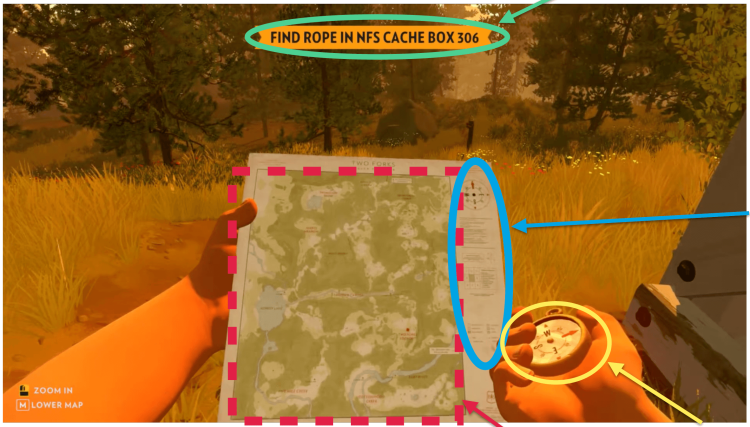
Maps are made with intent. Whether consciously or subconsciously, cartographers apply their own filters over land, inscribing what they perceive as relevant, omitting the rest, telling a story (Wood, 2015). Game maps are typically viewed as a tool for navigation rather than for narration. While their function in exploration cannot be denied, the information game designers choose to layer onto a map is telling of how they wish their game worlds to be experienced. Maps can direct a player’s attention towards, or away from components of a game, such as an area, or even a mechanic. In fact, games are extremely selective with regards to information on maps, as they rely on players interacting with their systems and progressions rather than spending large amounts of time sifting through information. Players only need to be aware of relevant information, and many game maps are therefore dynamic systems that change gradually as the game state progresses. Narratives in open world games face additional challenges related to maps as they rely equally heavily on timing: information given too early will spoil the audience’s experience, and information given tardily will confuse them. If a map contains information relevant to the whole game, it may risk spoiling plot points and consequently impair pacing. It is thereby worth analysing how game maps impact narratives in narrative open world games to find a framework for game designers to create their maps with a lens suitable for players.
